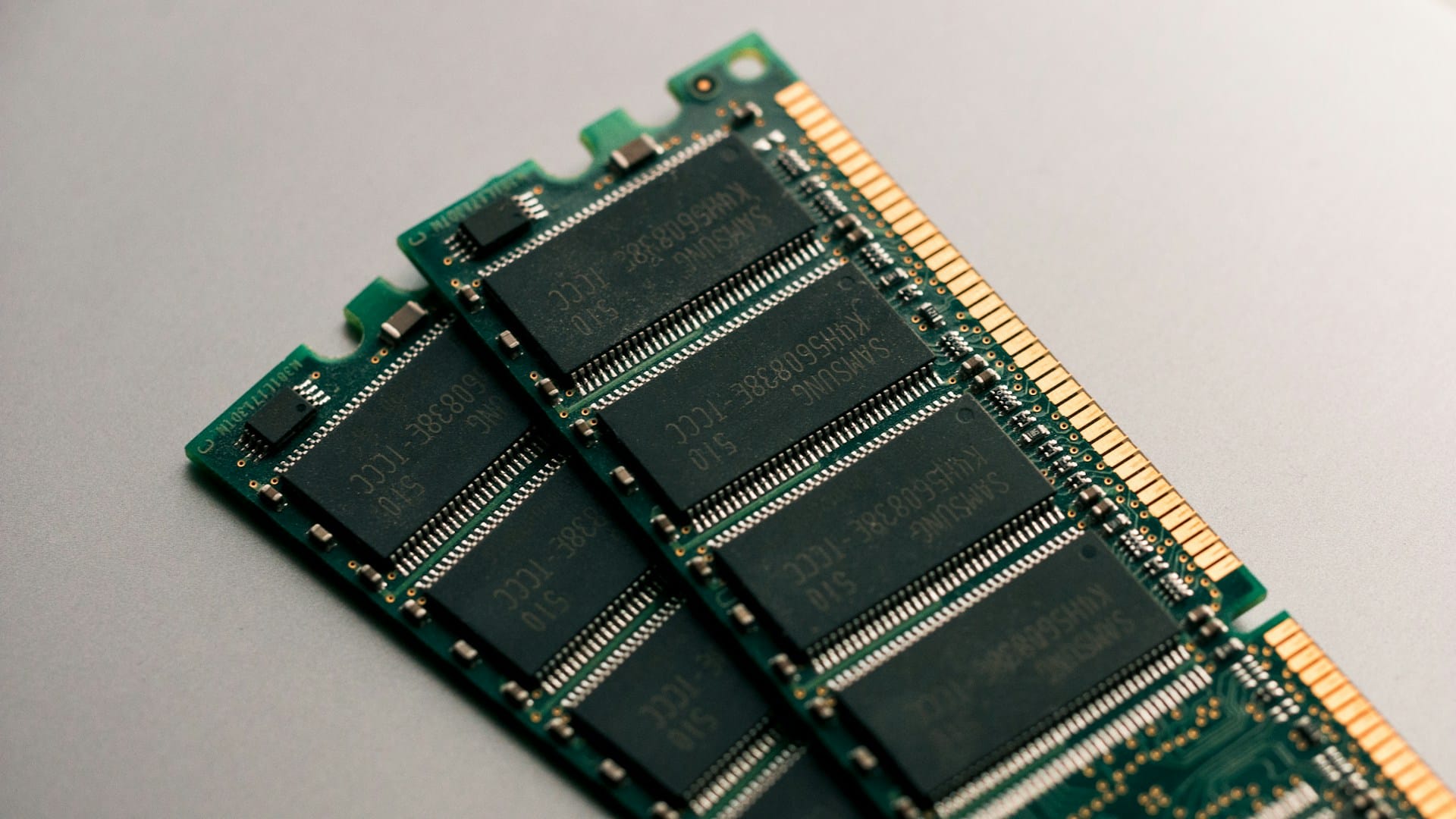The DRAM memory market is undergoing a radical change. The reduction in demand and falling prices have led giants like Samsung, SK Hynix, and Micron to restructure their production. As a result, DDR3 and DDR4 will stop being manufactured by the end of 2025, which could lead to a significant increase in prices due to the reduced supply.
An Inevitable Transition to DDR5 and HBM
The major semiconductor companies are focusing their efforts on DDR5 and HBM (High BandwidthBandwidth is the maximum transfer capacity of … Memory, which are considered essential for the future of computing, especially in artificial intelligence and data centers. In contrast, older memories like DDR3 and DDR4 are in the process of being phased out of the market.
According to reports from Asia, the production of DDR3 and DDR4 will stop after the summer of 2025, making it increasingly difficult to obtain these memory modules. Taiwanese manufacturers like Nanya Technology and Winbond will play a key role in supplying some of the remaining demand, although their production capacity is limited.
Impact on the PC and Laptop Market
The elimination of DDR3 and DDR4 will have direct consequences on platforms like Intel LGA1700 and AMD AM4, which still use these memory modules. The transition to LGA1851 and AM5 will be accelerated, consolidating the adoption of DDR5 as the standard in new systems.
However, the immediate impact could be a shortage of memory for those still using DDR3 and DDR4, leading to increased prices in the second-hand market and a general rise in costs for these modules.
China’s Role in DDR4 Production
While the major manufacturers are withdrawing from the production of DDR3 and DDR4, Chinese companies like Changxin Memory Technology (CXMT) and Fujian Jinhua have increased their production of these modules at competitive prices. However, the industry shows some reluctance to adopt DRAM manufactured in China, especially in industrial and server sectors, leaving the possibility for manufacturers like Nanya and Winbond to maintain a market share.
What’s Next for Prices?
With the decrease in supply and ongoing demand in the market, it is likely that prices for DDR3 and DDR4 will gradually increase throughout the year. On the other hand, the price of DDR5 continues to rise, driven by its adoption in new hardware platforms.
Conclusion: A Market in Transition
2025 will mark the end of an era for DRAM memory, with the definitive disappearance of DDR3 and DDR4. For users still dependent on these memories, the best option is to anticipate and acquire modules before prices soar. The industry, meanwhile, is focusing on the future, investing in high-performance technologies such as DDR5, HBM, and eventually, DDR6.
Source: El chapuzas informático and Digitimes

